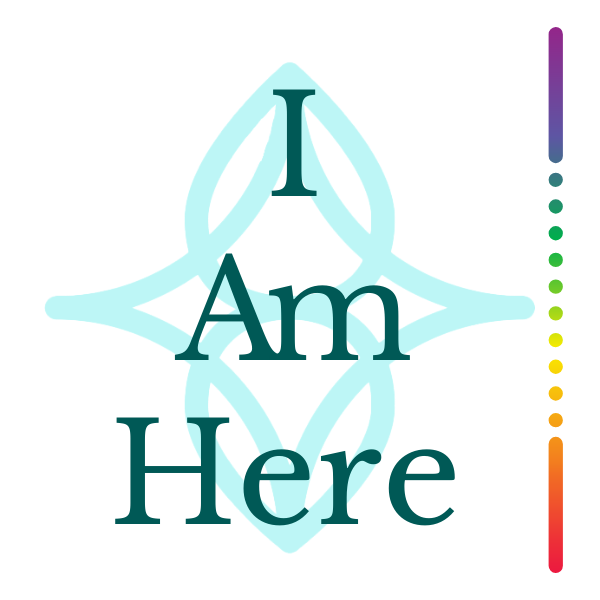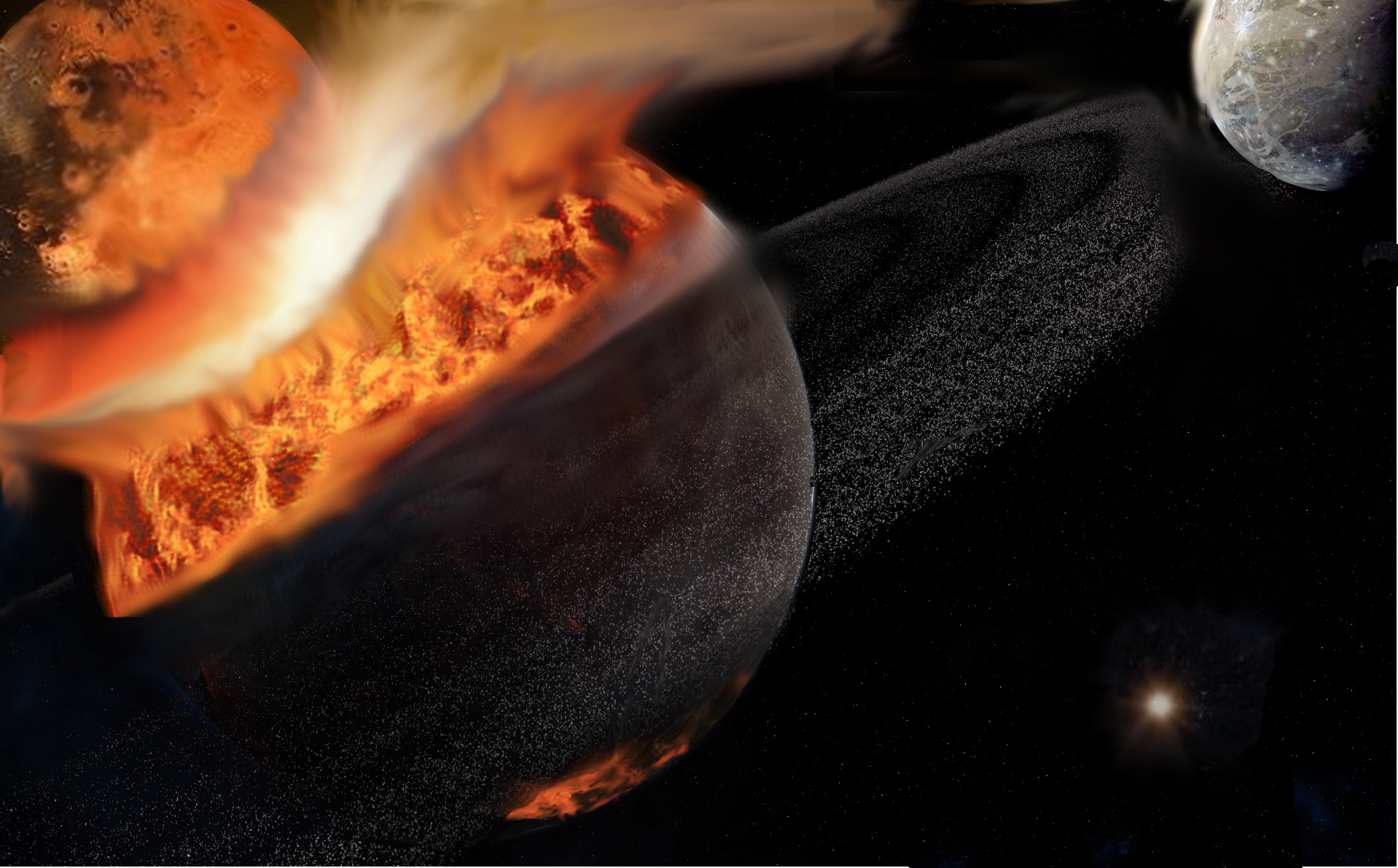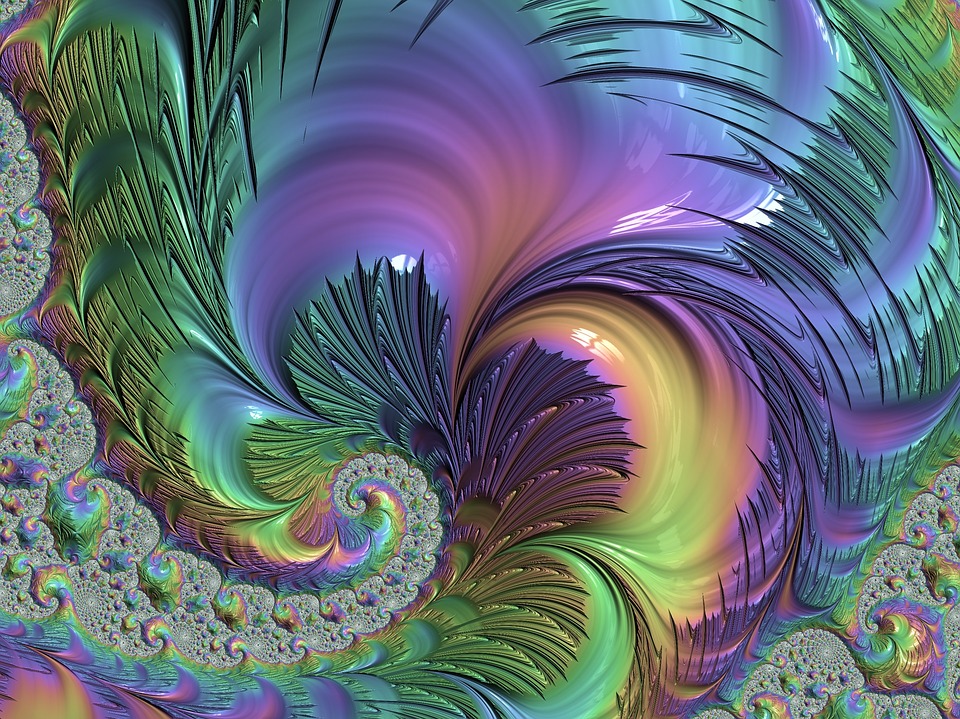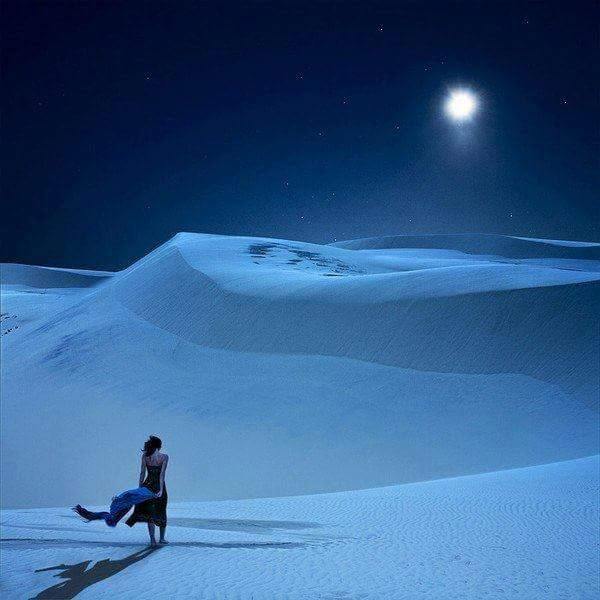Our moon, it seems could have been formed by a series of celestial collisions, in a similar manner to the formation of the earth. Scientists this week suggested that originally we had several moons, which on collision, reformed as the planetary sphere that lights our nights and gives gravitational pull to the waters of our planet and our bodies. Why would the chaos and dispersion of collision reform in a perfect sphere? What is the interplay between destruction and creation, discord and the pull into harmony, and the incredible yet mysterious power known as gravity?
It’s our moon, suspended in beauty in the space around our earth, sharing its destiny from one universal chapter to the next. It’s as real as the tip of the nose, made of the same substance of all that forms us. As it reaches its zenith in the next few days, perhaps the unfolding mystery of its history, destiny and impermanence is worth a ponder.
HAIFA, ISRAEL (January 9, 2017) The Moon, and the question of how it was formed, has long been a source of fascination and wonder. Now, a team of Israeli researchers suggests that the Moon we see every night is not Earth’s first moon, but rather the last in a series of moons that orbited the Earth in the past. The findings by the team of researchers from the Technion-Israel Institute of Technology and the Weizmann Institute of Science are published today in Nature Geoscience.
The newly proposed theory by researchers Assistant Prof. Hagai Perets, of the Technion, and Weizmann Institute Raluca Rufu (lead author) and Prof. Oded Aharonson, runs counter to the commonly held “giant impact” paradigm that the moon is a single object that was formed following a single giant collision between a small Mars-like planet and the ancient Earth.
“Our model suggests that the ancient Earth once hosted a series of moons, each one formed from a different collision with the proto-Earth,” said co-author Assistant Prof. Perets. “It’s likely that such moonlets were later ejected, or collided with the Earth or with each other to form bigger moons.” To check the conditions for the formation of such mini-moons or moonlets the researchers ran 800 simulations of impacts with the Earth.
It’s likely that small moons formed through the process could cross orbits, collide and merge
The new model is consistent with science’s current understanding of the formation of the Earth. In its last stages of the growth, the Earth experienced many giant impacts with other bodies. Each of these impacts contributed more material to the proto-Earth, until it reached its current size.
“We believe the Earth had many previous moons,” said Assistant Prof. Perets, who added that, “a previously formed moon could therefore already exist when another moon-forming giant impact occurs.”
The tidal forces from the Earth could cause moons to slowly migrate outwards (the current Moon is slowly doing that at a pace of about 1 cm a year). A pre-existing moon would slowly move out by the time another moon forms. However, their mutual gravitational attraction would eventually cause the moons to affect each other, and change their orbits.
”It’s likely that small moons formed through the process could cross orbits, collide and merge”, said Rufu, and Perets summarizes “A long series of such moon-moon collisions could gradually build-up a bigger moon – the Moon we see today.”
The Paper in Nature Geoscience




